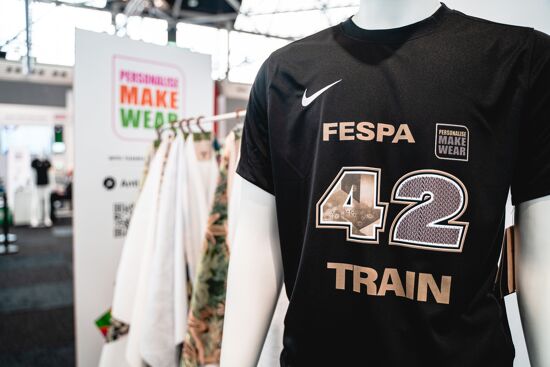Expanding Print’s reach

Laurel Brunner discusses the importance of literacy and its effect on the print and online markets. Printers from around the world are joining literacy programmes and volunteering to produce reading materials for underprivileged children.
Reviewing technology and the processing of raw materials is only one part of the industry’s sustainability picture. It is easy to forget that if people don’t read, then whole print and online markets for magazines, books and newspapers are lost.
In the developed world, it is easy to take literacy and reading for granted. Currently illiteracy plays a huge part in numerous problems between communities. Literacy is vital and even though the graphics industry has been quite lax in this regard, Kodak stands out as the exception.
Kodak recently announced that it is growing its global literacy programme to increase the number of children’s books and school supplies produced. The “Print For Good” programme has created a new network whereby volunteer printing companies within the Kodak Sonora customer base can join. Printers who sign up to this programme commit to printing at least 2000 copies of original children’s book titles or school notebooks, depending on what is needed in their region. Kodak is also establishing local partnerships with the aim of distributing the materials through schools and non-profit organisations.
The programme operates worldwide and widens Kodak’s scope to incorporate volunteer companies. In 2017, over 30,000 books were provided to underprivileged children in the USA, Latin America, Europe, Asia and the Middle East. “Print For Good” provided the funds for a brand new library in a Haitian orphanage and prayer booklets for deprived children in Israel. All of this effort helps to build communities; however, this is not enough.
Kodak is also partnering with the “Room To Read” literacy programme which works with local communities, schools, families and governments to encourage and support literacy amongst women and girls in Asia. This programme aims to change the general attitude towards literacy, education and human rights. Working together, Kodak, the “Room To Read” literacy programme and the local government provide books to a primary school in Rajasthan in India. The partnership also includes librarians and teachers who help the children with their learning.
Printers from across the world are joining the “Print For Good” programme and are volunteering to produce reading materials for children. Encouraging literacy helps communities to share their ideas and increases educational opportunities. Literacy is vital to sharing knowledge, political and economic engagement and developing plural societies. These are all reasons enough to support literacy initiatives. They also encourage reading, using print is an additional bonus and one that the graphics industry should both welcome and support.
Source: This article was produced by the Verdigris project, an industry initiative intended to raise awareness of print’s positive environmental impact. This commentary helps printing companies keep up to date with environmental standards, and how environmentally friendly business management can help improve their bottom lines. Verdigris is supported by the following companies: Agfa Graphics, Spindrift.click, EFI, FESPA, HP, Kodak, Kornit Digital, Ricoh, Splash PR, Unity Publishing and Xeikon.
Topics
Interested in joining our community?
Enquire today about joining your local FESPA Association or FESPA Direct
Recent news

Streamlining personalisation with tech: Insights from the SmartHub Conference 2025 speakers
Personalisation Experience 2025 (6 – 9 May 2025, Messe Berlin, Germany) is running its inaugural SmartHub Conference from 6 – 8 May 2025.

Special Effects in DTF: How Neon Inks Are Making Apparel Pop
Neon fluorescent inks are the latest innovation in DTF printing, offering vibrant, eye-catching effects under both daylight and UV light, giving apparel decorators a competitive edge. Testing shows good wash durability, though market perception of added value is still developing. With increasing adoption and ongoing technological advancements, neon represents a significant upgrade for creative customisation.

Unlocking Growth Opportunities in the Printed Personalised Apparel Industry
The printed personalised apparel industry is booming, projected to reach $10.1 billion by 2030. Driven by consumer desire for self-expression and branding needs, technological advancements like DTG/DTF and e-commerce integration are key. Sustainability, eco-friendly materials, and on-demand printing are crucial growth drivers. Businesses leveraging these trends, including AI and social media, have significant commercial potential.

Personalisation: From mass production to print-on-demand
Technological advancements are driving the growing trend of personalisation, fueled by consumer demand for unique products. From packaging campaigns like Share-a-Coke to customised apparel by Nike and Adidas, and AI-powered tools, the shift from mass production to print-on-demand is evident. The SmartHub Conference at the Personalisation Experience from 6 - 8 May will explore these opportunities and challenges for businesses.